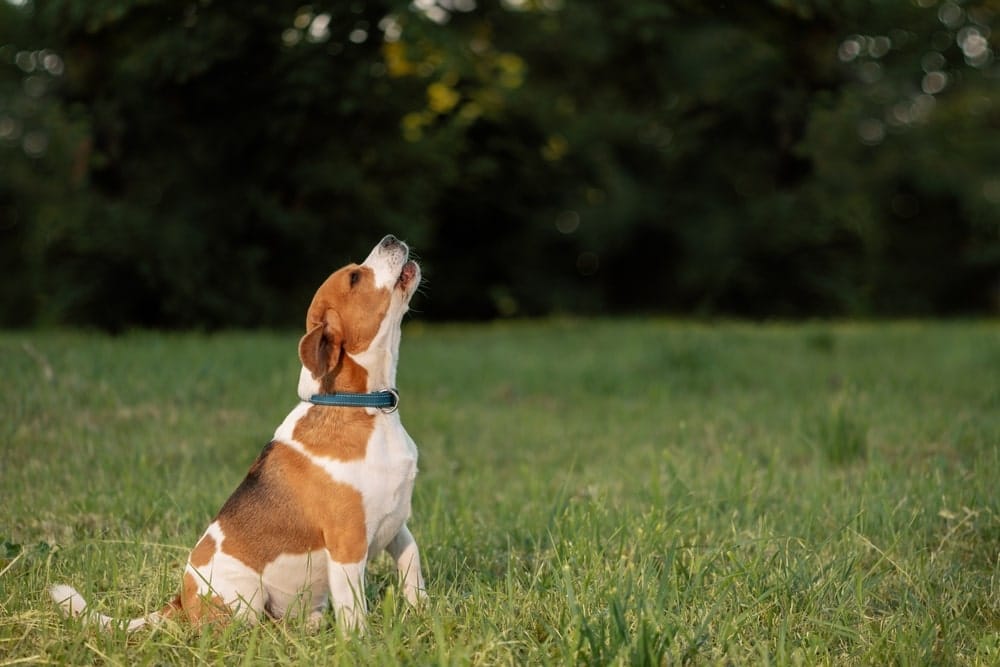There are many ways that you can reduce the distress your dog feels when left alone. Here are some of the ways that you can help your puppy or dog overcome the fear of being left alone:
Establish a routine: Dogs thrive on predictability. Set up a daily schedule that includes feeding, exercise, and playtime at consistent times. When your dog knows what to expect, it can reduce its anxiety.
Ensure calm departures and returns: Dogs pick up on your emotions, so avoid making a big fuss when you leave or return. Keep your arrivals and departures low-key. This helps prevent your dog from associating these events with heightened emotions.
Desensitisation: Gradually expose your dog to departure cues they understand, such as picking up your keys or putting on your coat, without actually leaving the house. This helps your dog become accustomed to these triggers without feeling anxiety.
Gradual departures: Start with short departures and gradually extend the time you're away. This helps your dog acclimate to your absence without feeling overwhelmed. For example, begin by leaving for just a few minutes and gradually increase the duration over days or weeks.
Positive reinforcement: Reward your dog for remaining calm during departures and returns. Offer treats or quiet affection when you leave and when you return. This reinforces the idea that your comings and goings are positive experiences and nothing to get worked up about.
Provide mental stimulation and interactive toys: Keep your dog mentally stimulated while you're away with interactive toys. These toys can provide mental challenges and keep your puppy or dog occupied, reducing anxiety and boredom.
Counter-conditioning: Change your dog's emotional response to departure cues by pairing them with positive outcomes. For instance, you might pick up your keys and then immediately give your dog a treat or engage in play. This helps your dog associate these cues with good things, reducing their anxiety.
Medication: In severe cases of separation anxiety, consult your vet about medication options. Some dogs may benefit from anti-anxiety medications or supplements to help manage their separation anxiety.






